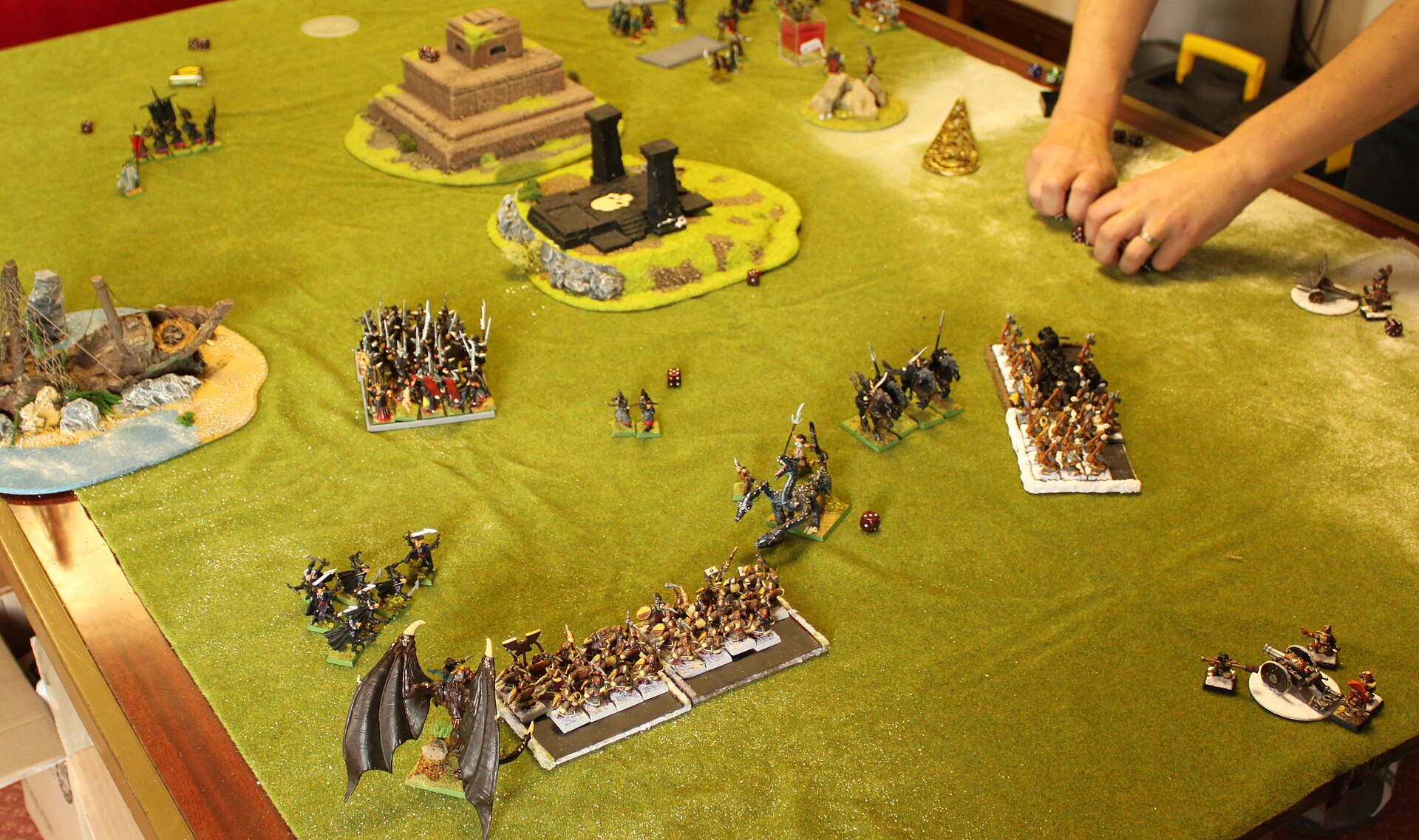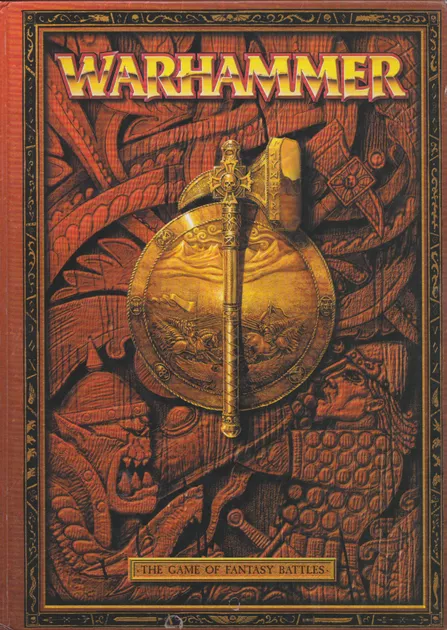Hi All,
As we (hopefully) draw closer to some news on the Old World I think it may be enlightening to take a journey through some of the past editions. In this short series of articles I want to explore several editions of Games Workshop’s fantasy games: Warhammer Fantasy (WHFB) 6th,7th and 8th Edition, and Age of Sigmar. I want to look at each edition, what I think the new Old World game can take from each edition and what it should avoid. Now those post as are all going to be my opinions. I think few games are more divided on player opinion than WHFB (there are some mechanics people really love and some they really hate)

Why 6th Edition?
Partly the reason I started here is that it is the earliest edition I played, though granted only recently. Warhammer 6th ed is a popular edition for several reasons. Firstly it is considered one of the more balanced editions as every army received an armybook in this edition (quite rare for the time). 6th introduced a number of new changes from simple things: giving models with a shield and hand weapon +1 to their Armor Save, to much more complex ones like providing a force organization chart for armies. We also started to see the formation of the 8 magic lores, miscasts and many other facets that would form core parts of the future editions.
Another reason 6th edition is so popular is that GW released many mission packs and supplements chocked full of campaign ideas, special missions and the like. The creation of a skirmish game was also quite popular and made collecting large armies less daunting.

What should the Old World Keep from 6th Ed.
There are a number of things here that aren’t new to 6th ed that I will list as it is the first article in the series.
- Chargers striking first in combat: this serves as a good way to help some low initiative armies stand a chance in combat, and makes Great Weapons far more appealing.
- Magic is cast using a dice-based system rather then a card based system (yes this was a thing)
- Shield and hand weapons give the bearer +1 armor save ( I like this better then the ward save system introduced later)
- Army balance (this is a no-duh one but still worth mentioning)
- Balanced magic lores, spells are decent but not something to build around.
- Supplements for skirmish level games, and special scenarios like sieges and other combats
There are some weaknesses to 6th edition too. This edition heavily favored cavalry, which had so much mobility they could be unstoppable. Like in 7th edition if you killed all models in the front rank of the enemy unit they couldn’t strike back. Thus you could end up with situations where a single rank of cavalry could charge, strike first, kill enough models to prevent being struck back. The unit that was charged would almost certainly lose combat and get run down.
The army construction system also had flaws as by using a strict number based slot system i.e. 0-2 lords, 1-2 heroes etc. it lacked an distinction between the strength of these heroes so that you could still end up with minimum core units and a few super lords.
The current rumor is that the new edition will be based on 6th and 7th edition so I think there are a lot of positive things here. While I have only played a few games of 6th I can see why it is so popular and I am excited to start getting a few games in with my new Bretonnian army!
And remember, Frontline Gaming sells gaming products at a discount, every day in their webcart!




This edition had no significant negatives and was excellent. A lot of the negative press was created by GW in its propaganda articles that put down the 6th core rules in order to run cover for their attempts to milk the franchise with changes in the 7th core rules.
Cavalry was not very strong in this edition. The edition rewarded blocks of low quality, high numbers units who had a guaranteed 5 combat resolution. Cavalry was very vulnerable to war machine fire, and so would usually only have a +1 combat resolution. It needed to make 5 kills to win a combat, which was highly unlikely because the 4 minimum rank width meant only 4 Cavalry could get into base contact to attack a 4 frontage infantry unit.
Bretonnia is the only faction with good Cavalry able to cheaply break infantry formations. But there were many counters and drawbacks to the army. Dark Elves, Skaven, and Vampire Counts have always strike first units that could take out knights before they got to strike. Battle standard bearers, armor, and stubborn units would break the charge, and bretonnians lose all combat effectiveness after the charge.
There was nothing particularly broken about the edition. GW balance patched a couple times, and the few slightly imbalanced units were not so good as to not have hard counters.
I second this post. I’ve been playing Bretonnia since the 5th Edition. 8th Edition was the most enjoyable one for the Bretonnia but I had to play counter defensive to win instead of aggressive as Bretonnia are meant to be fluff-wise.
Funnily enough, the best offensive army I ever played with were the Dwarfs. They could march move with strong stubborn units and have ambushing units from the sides of the table charging with the anvil of doom.
6th Edition was more historical like game but the 7th ended up with overpowered magic which was not nice